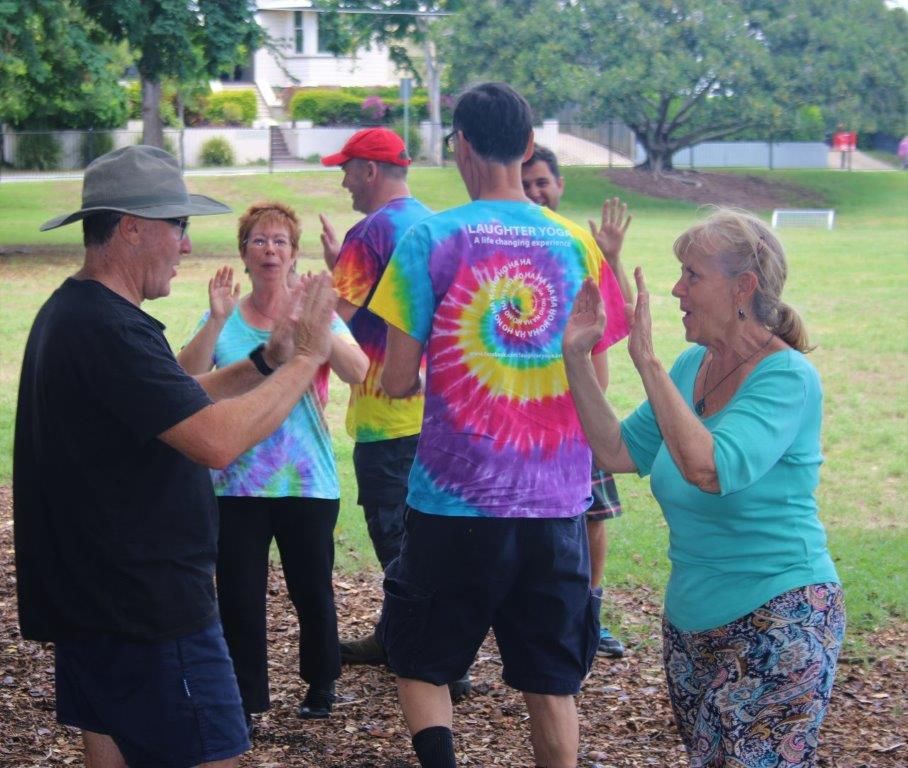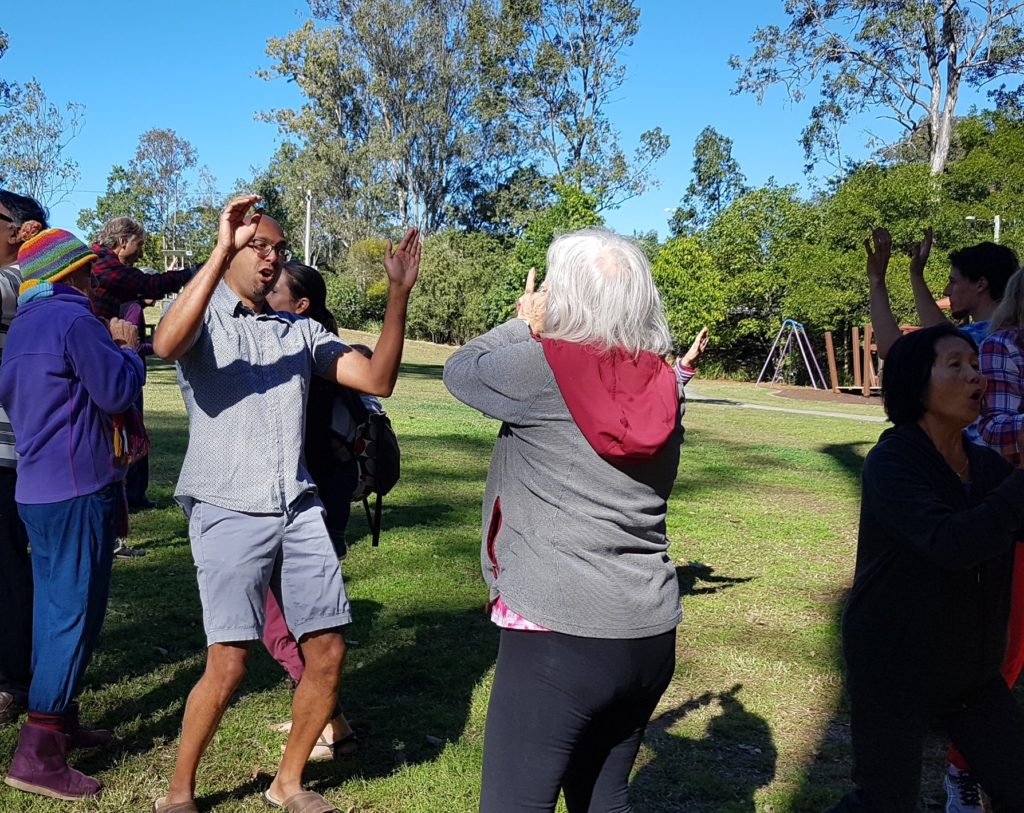
How Laughter Yoga is easing Australia’s loneliness epidemic
Yesterday’s news reported on another study showing loneliness and social isolation on the increase in Australia, creating very real health concerns.
Rightly so too, given that chronic loneliness is associated with increased likelihood of clinical depression, social anxiety and chronic disease.
Perhaps the State of the Nation Report Social Connection in Australia 2023 will be impetus to take the practice of social prescribing more seriously in this country —and with it, laughter yoga.
Who feels lonely?
As many as 1 in 3 Australians feel lonely and 1 in 6 experience severe loneliness according to the recently released State of The State of the Nation Social Connection in Australia 2023 report.
This study shows:
- 15% always or often feel lonely
- 25% feel lonely some of the time
- 26% occasionally feel lonely occasionally.
Where you live (regional vs suburban), whether you live by yourself or with others, and how well off you are financially has an impact. Gender doesn’t.
Just as Australia’s first Loneliness Report, published in 2019, showed it’s the digital natives — the 18 to 24 year olds who are the most lonely at 38%.
Middle-aged, 43-54 year olds, also rate highly.
What I found even more distressing was that people feel ashamed and embarrassed by their loneliness—and perhaps worst still, 57% of people surveyed would not like a person who was lonely!
You can read the full State of the Nation Report Social Connection in Australia 2023 report here.
The rising cost of loneliness and social isolation
Growing loneliness and social isolation impact on the individuals and the community as a whole.
Higher levels of loneliness are associated with:
- greater social anxiety
- depression
- less social interaction
- more chronic disease
- lower workplace productivity
- more visits to the GP
- more presentations at hospital emergency rooms without being hospitalised.
- and poorer quality of life.
Chronic loneliness and social isolation are ideal candidates for ‘social prescriptions’ one of which would be a laughter club because, as the saying goes, ‘laughter is good medicine’.
Laughter clubs’ health-giving roles
Laughter clubs lift spirits and heart rate, are absolutely welcoming and fun.

- You don’t need to know anyone to come along. You become part of ‘the gang’ within minutes.
- You don’t need to be in a good mood.
- You don’t need to know any jokes.
- It’s not ageist. Anyone of any age or ability is welcome.
- It’s not expensive either. Most are free or very low cost.
A real positive to come out of COVID lockdowns was that laughter clubs, which had been almost exclusively in-person, in parks or halls or libraries, went online. In Australia, there’s still at least one online laughter club available, every day of the week, provided by volunteer laughter yoga leaders.
State of the Nation Report Social Connection in Australia 2023 says it’s up to all Australians to encourage meaningful connections. That’s something laughter clubs have quietly been doing for 20 years throughout Australia. It’s time to take the health-giving benefits of laughter seriously.
Laughter club locations in Queensland are listed here. This link is for other Australian states. No laughter club in your community? Establish one by training as a laughter leader, volunteering to bring more joy into your community and your life.
About the Author
HeatherJoy Campbell is a certified laughter yoga teacher, professional laughter wellbeing facilitator and global ambassador of Laughter Yoga International. Brisbane-based, she runs workshops for community groups and workplaces as well as sessions in aged care, and trains people in how to be laughter yoga leaders. She runs 2 neighbourhood laughter club as giveback connectors to her community. She’s a former health journalist.
